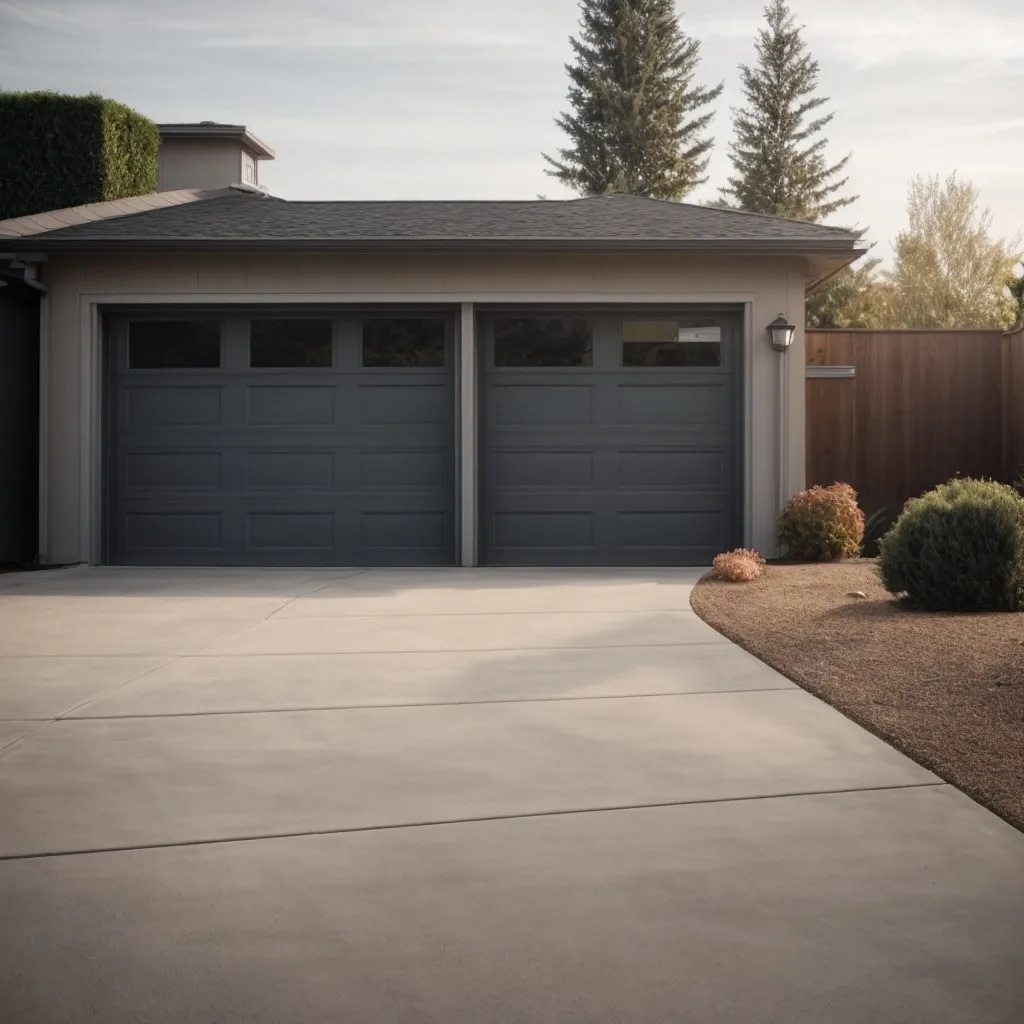When it comes to designing and constructing a driveway, there are several factors to consider, including durability, cost, and maintenance. Asphalt, concrete, and gravel are three popular options for driveway surfaces, each with its own set of advantages and disadvantages.
This article will delve into the pros, cons, and repair strategies for these materials, helping you make an informed decision for your driveway project.
Asphalt Driveways
Pros:
Affordability: Asphalt driveways are generally more cost-effective compared to concrete, making them an attractive option for budget-conscious homeowners.
Quick Installation: Asphalt driveways can be installed relatively quickly, minimizing the disruption to your daily routine.
Flexibility: Asphalt is known for its flexibility, which allows it to withstand freezing and thawing cycles without cracking.
Cons
Maintenance: Asphalt driveways require regular maintenance, including seal coating every few years and periodic repairs to address cracks and potholes.
Vulnerability to Temperature: Extreme heat can soften asphalt, while freezing temperatures can cause it to crack, making climate a crucial consideration for asphalt driveways.
Environmental Impact: Asphalt production and installation involve using petroleum-based materials, contributing to carbon emissions and environmental concerns.
Repair Strategies
Crack Sealing: Regular inspection and sealing of cracks are essential to prevent water penetration, which can lead to further damage. Cold or hot pour crack sealants are commonly used for this purpose.
Patching: Small potholes or damaged areas can be repaired by removing the affected section and replacing it with new asphalt.
Resurfacing: If the overall condition of the driveway is deteriorating, resurfacing can be done by applying a new layer of asphalt on top of the existing surface.
Concrete Driveways
Pros
Durability: Concrete driveways are renowned for their durability and longevity. With proper maintenance, they can last for several decades.
Versatility: Concrete offers a wide range of design options, including various textures, colors, and patterns, allowing for greater customization.
Low Maintenance: Concrete driveways require minimal maintenance, typically limited to occasional sealing and cleaning.
Cons
Cost: Concrete driveways are generally more expensive to install compared to asphalt or gravel. The upfront investment may deter some homeowners.
Cracking: While concrete is durable, it is not immune to cracking, especially in regions with extreme temperature variations or soil movement.
Repair Complexity: Repairing concrete driveways can be more complex and costly than other materials, particularly if extensive damage or cracking occurs.
Repair Strategies
Crack Repair: Small cracks can be addressed by filling them with epoxy or polymer-based crack fillers. For larger cracks, professional assistance may be required to ensure proper repair.
Resurfacing: If the surface is showing signs of wear and minor damage, resurfacing can be done by applying a thin layer of new concrete over the existing driveway.
Slab Replacement: Removing and replacing the affected driveway sections may be necessary in cases of severe cracking or damage
Gravel Driveways
Pros
Affordability: Gravel driveways are generally the most cost-effective option, both in terms of installation and maintenance.
Drainage: Gravel allows for excellent water drainage, minimizing the risk of standing water and reducing erosion issues.
Easy Installation: Gravel driveways can be installed quickly and easily, making them an attractive choice for those seeking a simple and efficient solution.
Cons
Maintenance: Gravel driveways require regular maintenance to replenish lost gravel, redistribute material, and address potential ruts and potholes.
Dust and Erosion: Gravel can produce dust, especially in dry conditions. Erosion can also occur due to heavy rainfall or excessive vehicle traffic.
Limited Use: Gravel driveways may not be suitable for all areas, particularly steep slopes where gravel can be easily displaced.
Repair Strategies
Gravel Replacement: Over time, gravel may become sparse or displaced, requiring additional material to be added to maintain a smooth and even surface.
Grading and Compacting: Periodically grading and compacting the gravel surface can help address ruts, potholes, and uneven areas.
Adding Binders: Binders such as calcium chloride or lignin sulfonate can be applied to the gravel surface to reduce dust and improve stability.
Choosing the right driveway surface involves carefully considering various factors, including cost, durability, maintenance requirements, and aesthetic appeal. Asphalt, concrete, and gravel each have their own advantages and disadvantages, and understanding their repair strategies is crucial for long-term driveway maintenance.
By weighing the pros and cons outlined in this article, you can make an informed decision that aligns with your needs and preferences. Remember, regardless of your chosen surface, regular maintenance and timely repairs are essential for ensuring a safe and attractive driveway for years.
Key Takeaways
- Asphalt driveways are affordable and quick to install, require regular maintenance, and can be vulnerable to extreme temperatures.
- Concrete driveways are durable and offer design versatility but come with a higher upfront cost and may require complex repairs.
- Gravel driveways are cost-effective, have good drainage, require regular maintenance, and may not be suitable for all areas.
- Repair strategies for asphalt driveways include crack sealing, patching, and resurfacing.
- If necessary, concrete driveways can be repaired through crack repair, resurfacing, and slab replacement
- Gravel driveways may require gravel replacement, grading, compacting, and using binders to address maintenance issues.
- Consider factors such as cost, durability, maintenance requirements, and aesthetics when choosing a driveway surface.
- Regular maintenance and timely repairs ensure a safe and attractive driveway regardless of the chosen surface.





